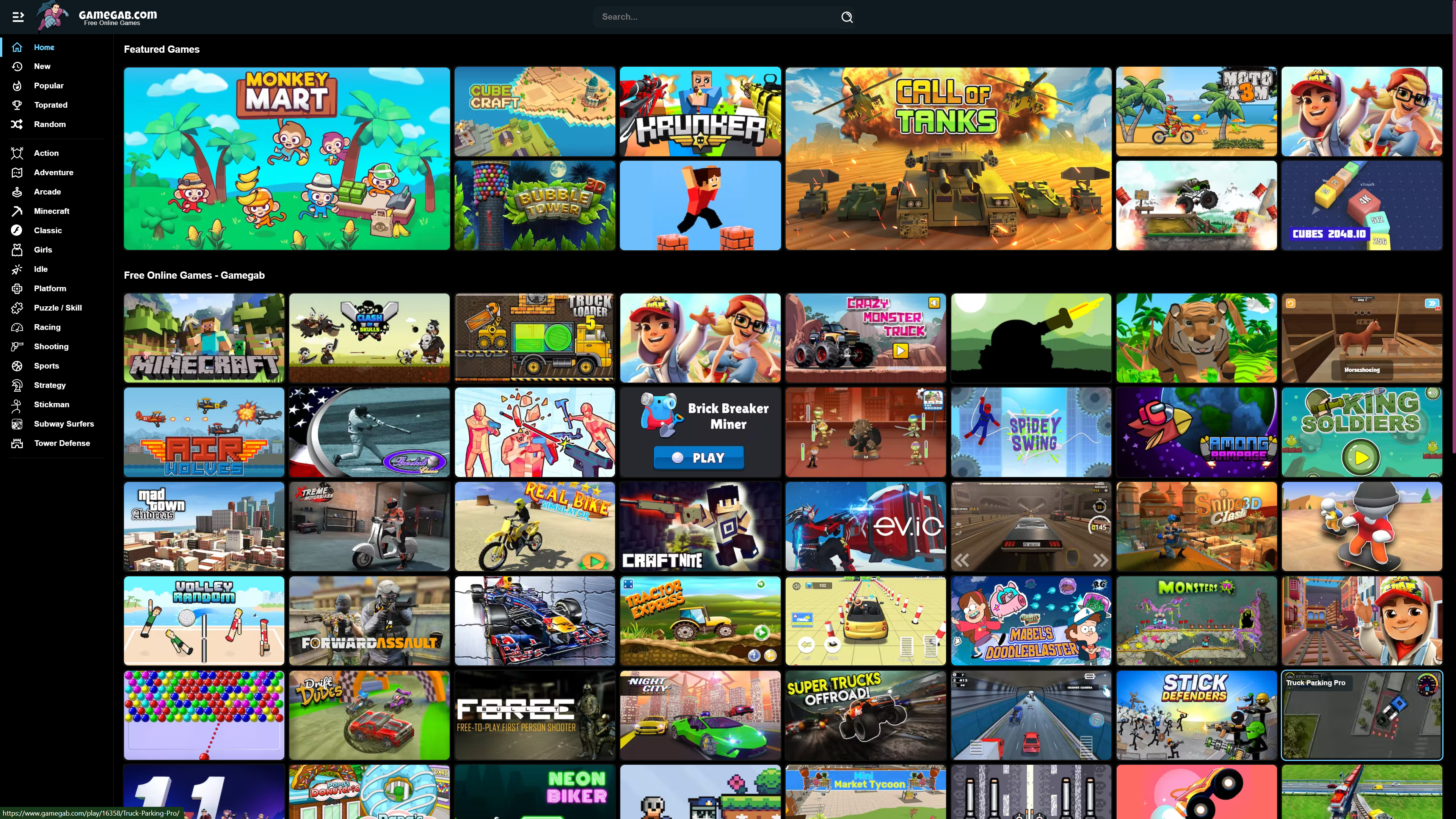Importance Of Local Search Engine Optimization (SEO) Plan
A local SEO plan is necessary if you own a small or multi-location business and want nearby clients to find your brand through search. You may connect with highly motivated people seeking the items or services you offer at exactly the right time by optimizing your business for local search. Local SEO (Local Search Engine Optimization) is the process of improving your company’s online presence so that it appears when customers in your area conduct a search related to your business. Local SEO is critical for brick-and-mortar businesses for the following reasons:
The aim of a local search is quite clear. Customers in the area are seeking firms that can supply them with a certain service. Someone looking for a dry cleaner in Tampa does not want to go to a shop in San Francisco. They are especially looking for a dry cleaning service in Tampa. By incorporating targeting into their marketing strategy, local SEO helps firms engage with these customers. Customer visits may increase as a result of local searches. Customers who are looking for a local business are frequently prepared to pay a visit. According to Google data, 76% of consumers who perform a local smartphone search visit a company within 24 hours.
Local searches have a high likelihood of resulting in a purchase. People searching for local companies are frequently at the bottom of the sales funnel and ready to buy. According to Search Engine Land, 78% of local mobile searches result in a purchase, whether in-store or online. Local searchers are ready to go to a store and buy something. They want to discover a local location that has everything they desire and need. Local SEO Brisbane assists them in locating it.
Local SEO & Search Engines: What You Need to Know:
Because search engines aim to offer the most relevant and useful results possible, local SEO exists. The geographical component of local SEO distinguishes it from traditional organic SEO, allowing search engines to offer people relevant results for nearby solutions. It makes no sense for individuals in Tampa to look for dry cleaning and come up with results for a company in San Francisco. Google utilizes three ranking criteria to give the best local results.
Proximity: The distance between the searcher and the company.
Relevance: The degree to which the business is related to the search query.
Prominence: It refers to how well-known a company is and how much online authority it possesses.
A company’s online presence must be optimized to appeal to these three ranking variables in order to boost local SEO. It helps to understand how local search results show on search engine results pages to properly comprehend local SEO (SERPs). There are four different ways to display local search results.
When local companies implement SEO best practices, they get organic search results. The result is shown as a regular search result.
Paid search engine results are search advertisements. As part of a pay-per-click marketing plan, a local business pays for their search result to display when consumers search for specific keywords. It is a paid placement, as shown by the “Ad” label on the result.
Rich search results for Google My Business appear in the form of a map or a highlighted listing. Businesses in this part of the rich search have claimed and improved their Google My Business page.
For some service-based sectors, Google assured listings offer rich search results. A Google Guaranteed brand is one that has joined up and been validated through Google’s program.
For some service-based sectors, Google assured listings offer a set of rich search results. A Google Guaranteed brand is one that has joined Google’s program and been validated.
You now understand what local SEO is, the value of local search, and how local results show on search engine results pages (SERPs). Let’s take a look at how you may make your site more local search-friendly. To appeal to Google’s proximity, relevance, and prominence ranking criteria, use this local SEO checklist.
Check To See If Your Website Is Mobile-Friendly:
A mobile-friendly website is responsive, meaning it can adjust to any screen size. A responsive site is recommended by every SEO checklist since it is both an SEO ranking element and a client expectation. Mobile sites rank higher in search results and give a better user experience. Many consumers use their mobile devices to look for local companies, thus mobile-friendliness is very important for local search. According to research conducted by Bright Local, 77 percent of consumers utilized a mobile device to look for a local company. Run a technical SEO audit or use Google’s Mobile-Friendly Test to verify if your site is mobile-friendly. If your site doesn’t match Google’s mobile criteria, the Google test examines it and provides recommendations for improvement.
Include Your Company’s Address On Your Website:
Include your actual address on your website to assist Google to figure out where your company is situated. Add your address to your site’s bottom and contact page if you just have one location. If you have several locations, make a locations page with a list of each location’s addresses and a separate page for each one. Embed a Google map of the business location on your contact and location pages. Add structured data depending on location to your website. This data assists search engines in associating your company with a certain location or area. Add as much details as you can ,for example Denver SEO Agency is a digital marketing firm that provides these services.
Structured data, often known as schema markup, is a type of microdata that you may apply to your website to assist search engines to comprehend it. Structured data based on location makes it easier for search engines to determine your company’s location.
Make A Google My Business Page For Your Company:
Businesses may establish a free listing for each one of their venues on Google My Business. We glanced at how Google My Business (GMB) sites show rich outcomes on SERPs recently in this piece. They might take the form of a list of businesses or a map. GMB rich results may additionally include information about a company’s location such as its address, hours of operation, phone number, and so on as well as call-to-action buttons (to visit the website, get directions, contact, etc.). Create a GMB page for each of your locations if you want to appear in these rich listings.
Boost The Visibility of Your Google My Business Page:
The first step is to create a GMB page. By improving and interacting with your GMB page, you may increase its visibility. Update and interact with your page on a regular basis by uploading images, writing posts, responding to reviews, and adding FAQs.
Create Citations For Your Business:
For local SEO, Google My Business is the most significant business citation. But that isn’t the only factor to consider. A business citation is a mention of your company’s name, phone number, and address on the internet. Citations are crucial since they inform Google that your company is legitimate and trustworthy.
Create profiles for your company on all of the major national citation sites, as well as regional and local business directories. Look into what directories already connect to your rivals or other local companies to see if there are any changes to create citations for your site. In Alexa’s Rival Backlink Checker, enter the URL of a known competitor or another local firm. Look at the websites that connect to the target site to see if there are any directory sites where you may list your company. Source: The SEO Expert











